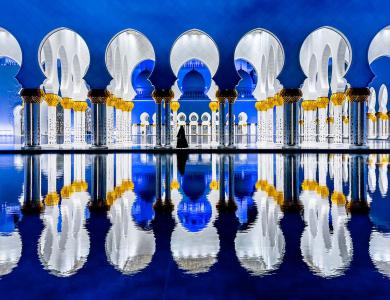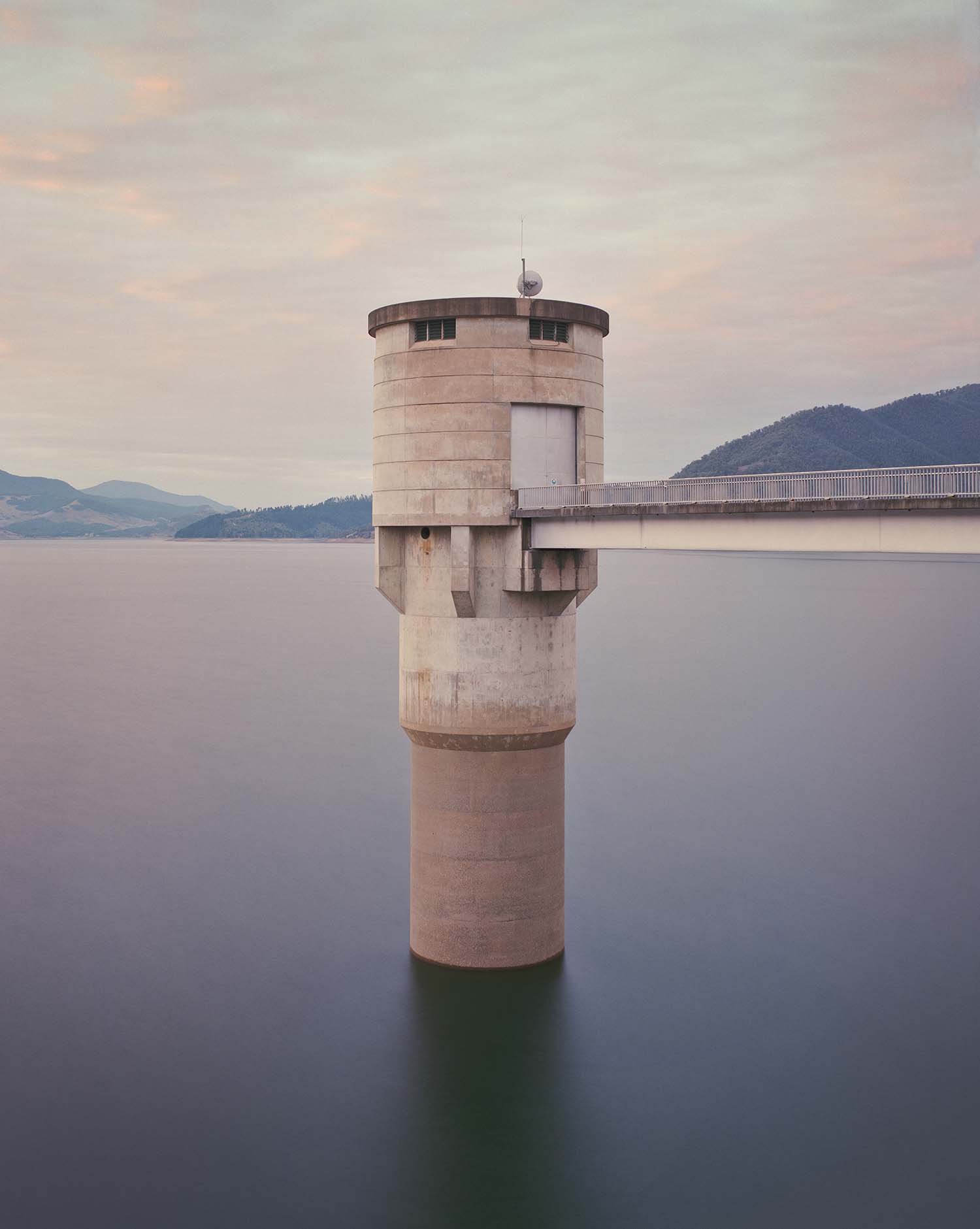
Chris Round is a photographer based in Sydney, Australia. His imagery is based around the everyday world around him, with a particular interest in landscapes with human interventions that, "visually activate their surroundings in strangely compelling ways. I'm drawn to spaces that convey surreal or fictitious narratives; fortuitously photogenic environments that I carefully document rather than photographically exaggerate."
He has been awarded in the Sony World Photography Awards a number of times including shortlisted in 2013 and Commended in 2012 and 2014. In 2018 he was awarded the Australia National Award for his image, 'Intake Tower'.
Hi Chris. Thanks for chatting! Please introduce yourself and tell us a little about you and your work
I'm a landscape and architectural photographer based in Sydney. I've had a career in advertising and design as a creative, and now mix both disciplines. I mainly photograph human-influenced landscapes of all kinds, from strange urban settings to mining landscapes and other industrial and engineering-based environments. Human-influenced environments are so varied, always in a state of flux with new and interesting stories to discover wherever you look, so I guess I enjoy that element of discovery. My style is quite documentary with a muted tonal range, achieved by shooting on medium format film like Kodak Portra. It kind of gives the images a "natural" or "real" look.
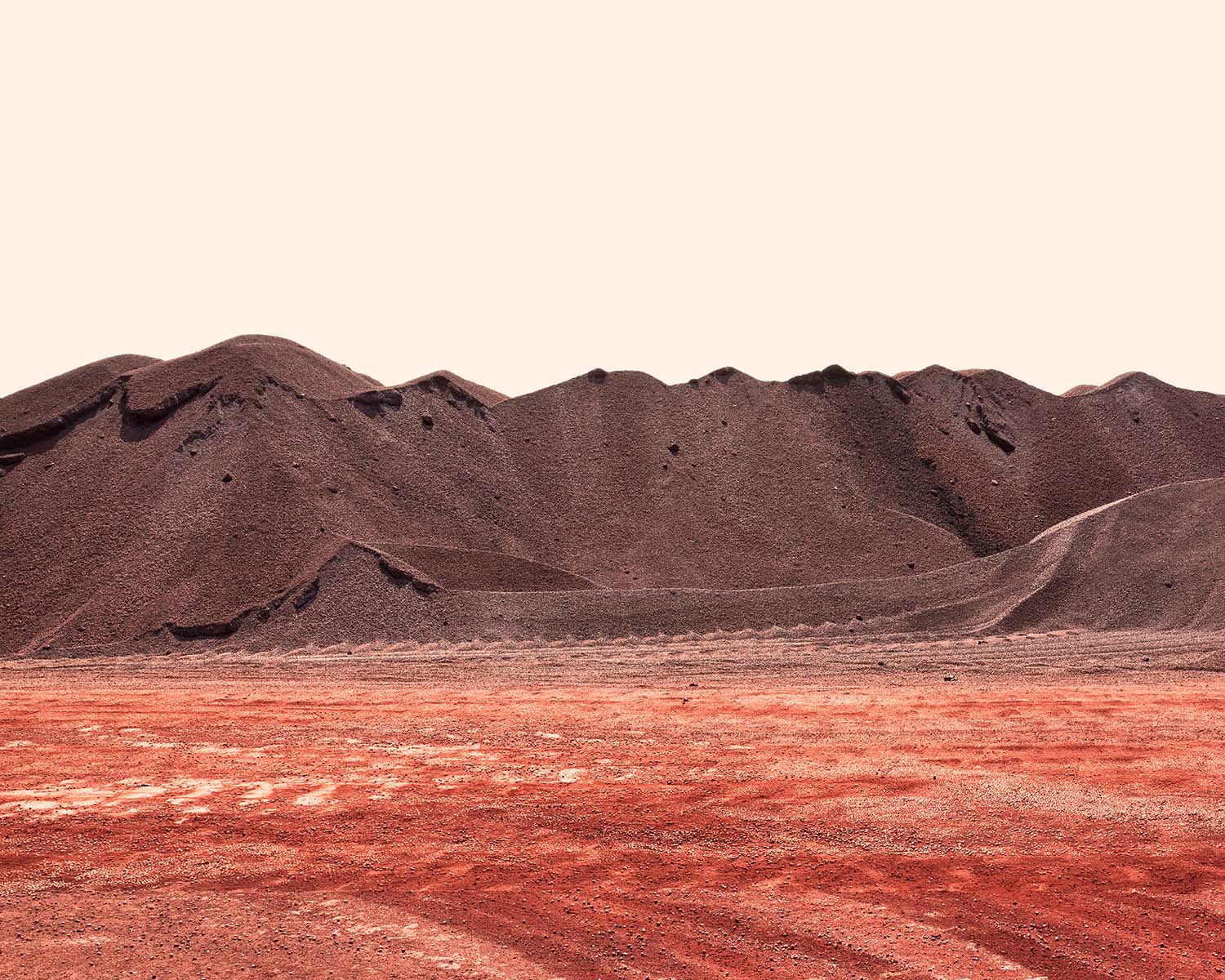

Why photography? What does the medium mean to you? How did you get started?
When I was young I enjoyed landscape painting but became more and more impatient (not uncommon I believe) so I started to take an interest in photography. I studied photography for a while before working in advertising for a number of years. I enjoy the immediacy of photography and seeing a story or body of work taking shape, and being able to judge its worthiness quite quickly - though it depends on the project of course! I also love the fact that there are so many varied and wonderful types of photography, all telling their own story, all as valid and important as each other. It's a testament to all the great artists out there that photography is continually being re-invented.

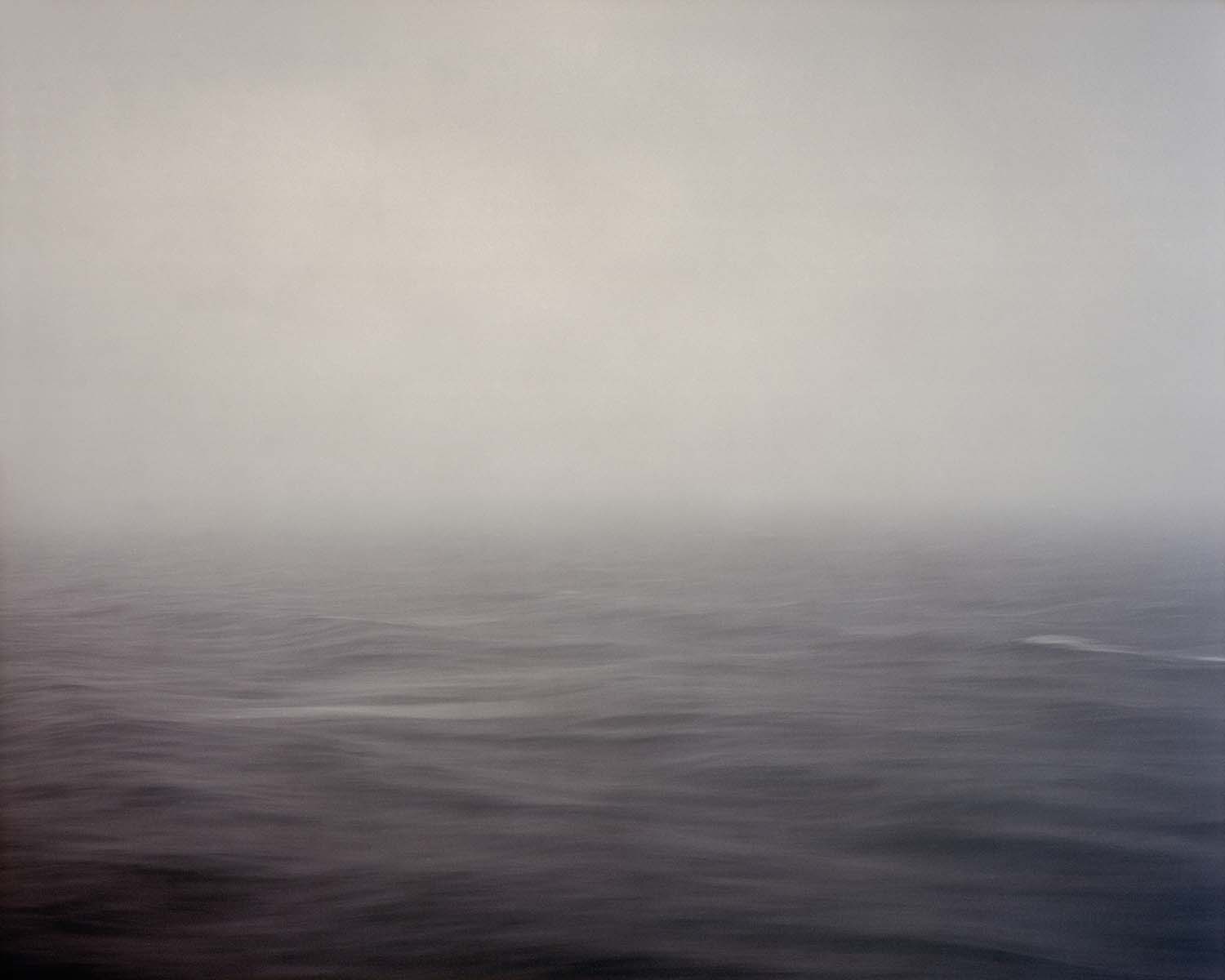
Tell us more about your successful image, 'Intake tower', which was Commended in the 2018 Sony World Photography Awards
This is part of an ongoing series, called 'The Grand Scheme', that documents the Snowy Hydro Scheme in the Snowy Mountains of New South Wales. The Snowy Hydro Scheme is widely regarded as the most ambitious industrial project in Australia’s history. Constructed between 1949 and 1972, the system diverts water from the Snowy, Eucumbene and Murrumbidgee Rivers westward via a series of tunnels, aqueducts and reservoirs, for use in irrigation throughout inland Australia. In the process, the water is used by power stations to create hydroelectricity. It's often referred to as an engineering wonder of the world. But the story of The Scheme is ultimately one about humans re-shaping the environment to solve one of our most basic needs – that of water preservation on this dry continent. And it's also situated within the pristine Kosciusko National Park, so my series is primarily an exploration of the balance between nature and man's intervention upon it – the vast structures amongst epic landscapes, the re-shaped waterways and the newly created ones. But I am also exploring various aspects of life in the region – recreational activities like skiing in winter and walking, boating and fishing in the warmer months; the local towns and residents; and also people directly connected to infrastructure. Despite lots of archival and commercial photography, no-one had undertaken a comprehensive contemporary document of the Snowy Hydro Scheme (and the region), so I took it upon myself to start work on one. The series is currently in progress and I'm hoping to publish a monograph in 2019.
The intake tower at Blowering Reservoir is one of those classic brutalist structures that seems so incongruous to its surroundings. The photograph was taken on a mild Autumn morning in March 2017. There was some cloud cover at sunrise, however, the pinkish glow created some really nice conditions, and the colors gave the image a nice tonal range that works well with the concrete structure. It's around a minute-long exposure shot on a Pentax 67 with Portra 160 film. I got a bit lucky with the light breeze that blew gently across the water, allowing it to soften during the long exposure.
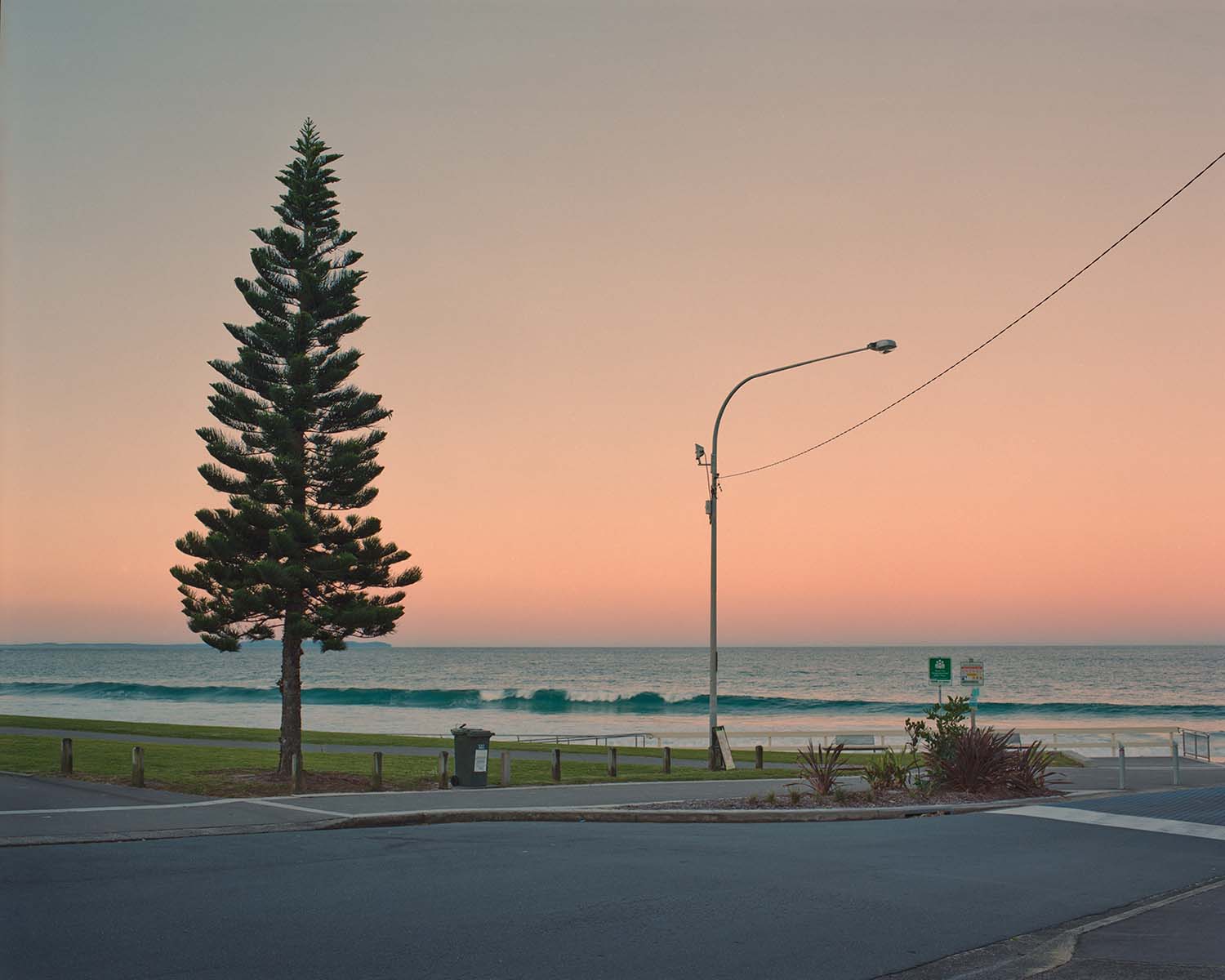
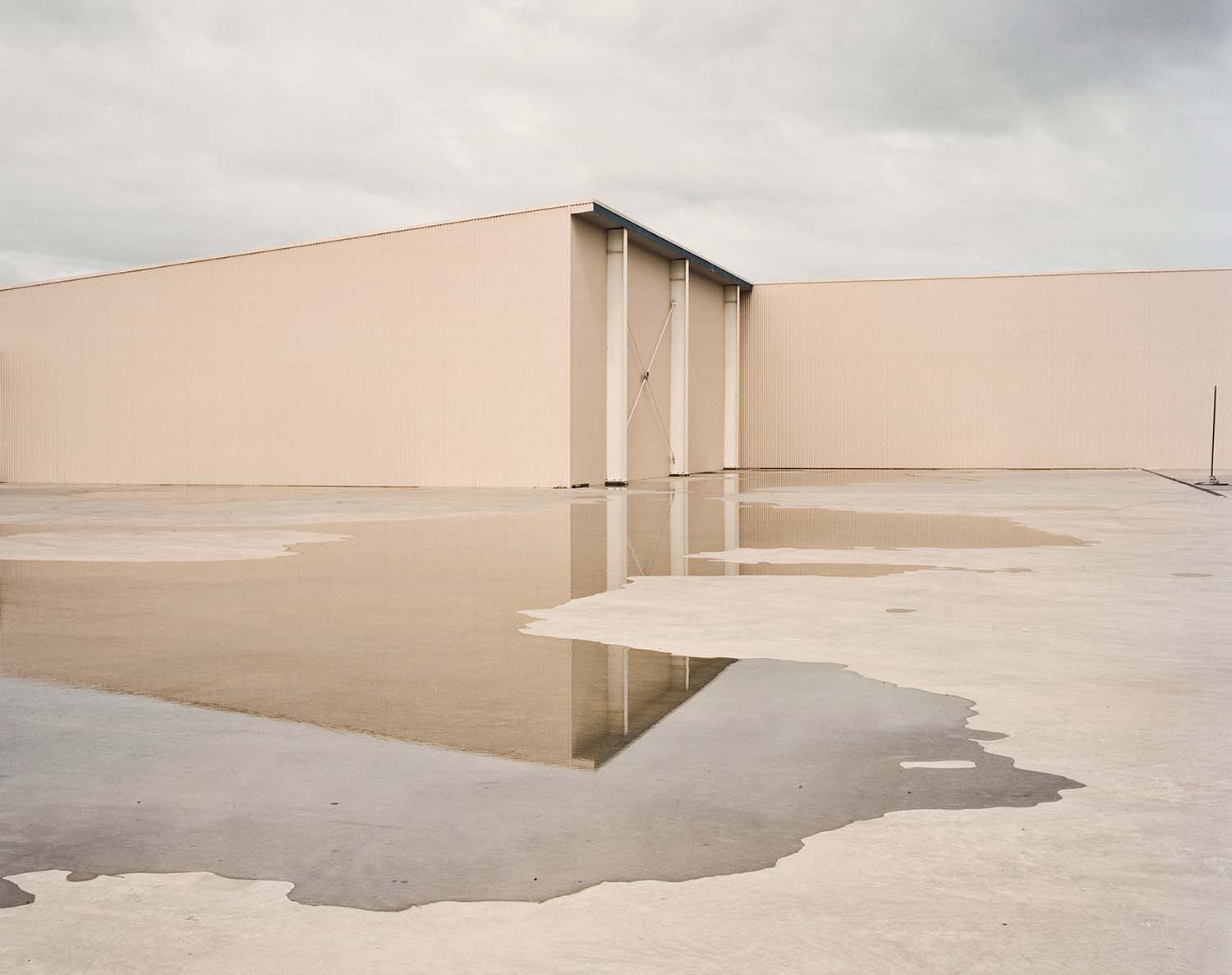
How do you find juggling your personal work with the commercial side of things?
It's always a balancing act for photographers. Because I have a background in advertising and branding, I do a strange mix of everything. I do a lot of writing of commercials and campaigns, brand design tone of voice documents, as well as commercial and fine art photography. It's a strange "jack-of-all-trades" mix at times, but I like it because one side helps inform the other, through the writing of ideas and interactions and sharing of creativity with agency teams etc. Sometimes the balance can be tricky as project timelines can overlap, but if you're upfront with a client about what your schedule looks like, then any stresses can be ironed out.
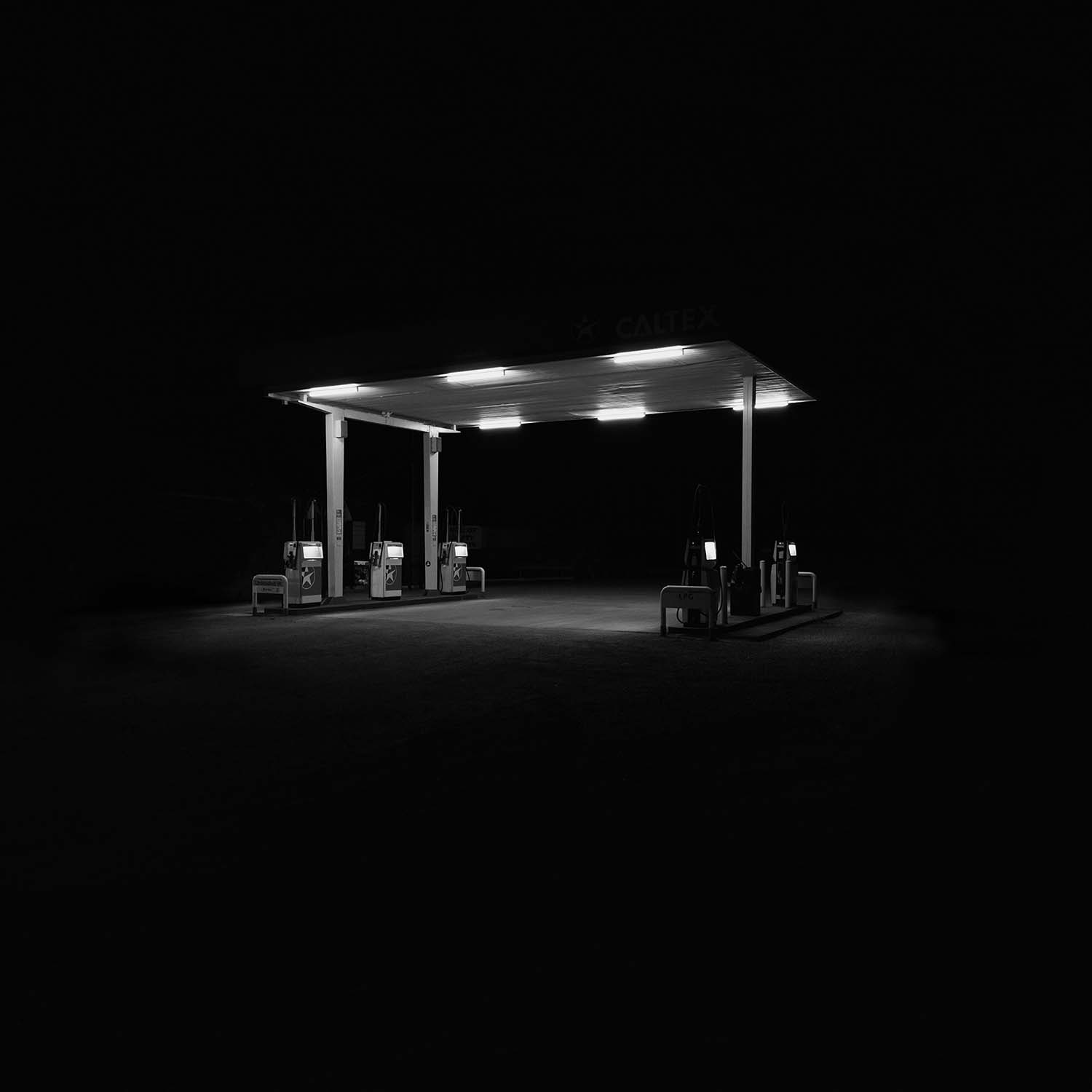
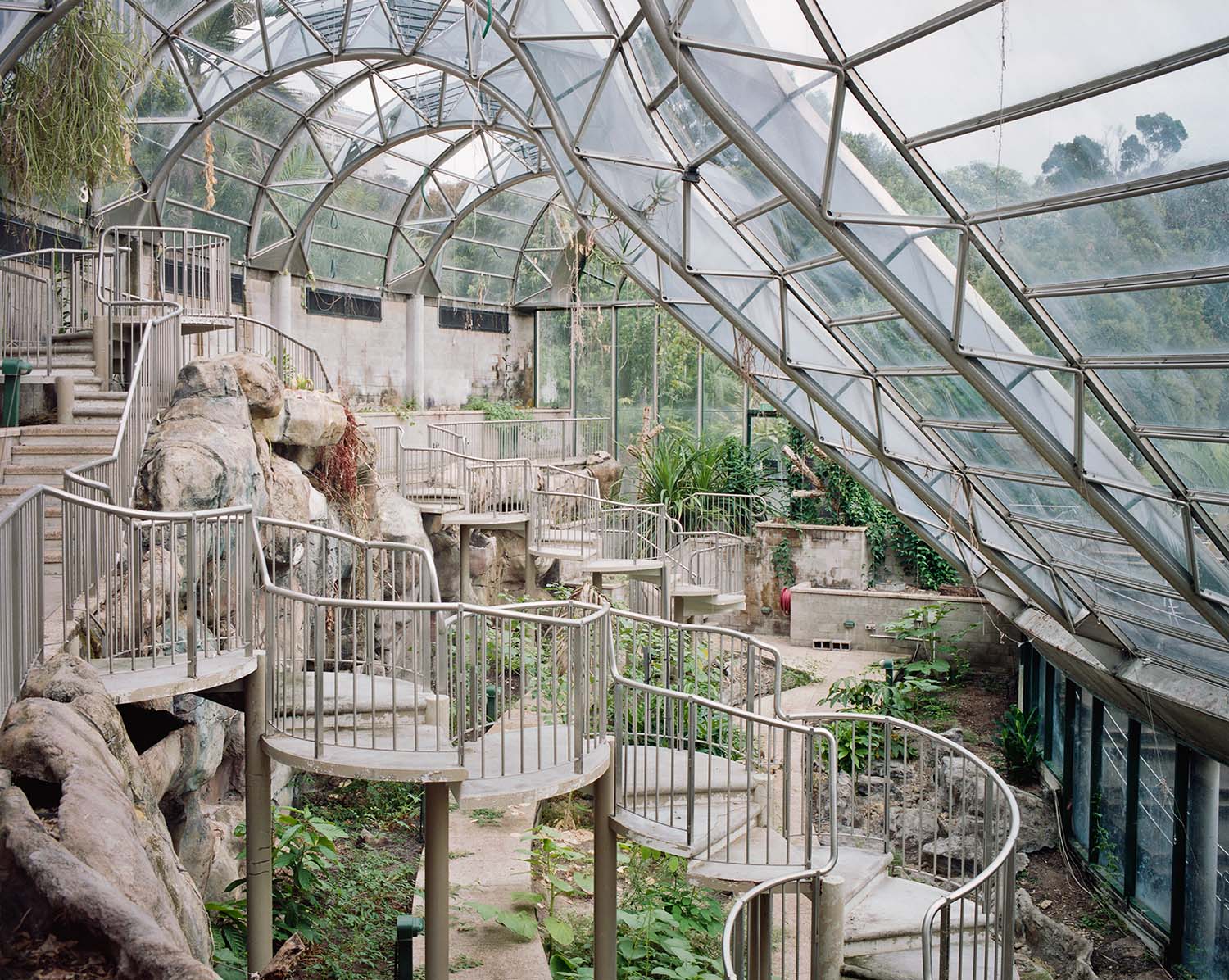
Do you have a photographic philosophy?
I suppose I do, despite questioning whether I actually adhere to it. For me, it's about being on the lookout for the unusual, or having a new perspective on the familiar - and telling that visual story in an engaging and captivating way. I don't always get it right be it's what I set out to achieve.
Where in the world are you and what's next for you?
Currently sitting in my home in Sydney's Eastern Suburbs writing this. I've been busy with some writing work and have had a break from my personal photo projects. I'm about to shoot some work for a large financial institution and I've also applied for a grant to fund the remainder of my Grand Scheme series, to enable me to publish a book. I'm also going on a family holiday soon to Hong Kong and Japan, and part of the trip will be me starting to investigate a new photo series idea I have to investigate its merit.
roundtheplace.com
worldphoto.org/swpa


